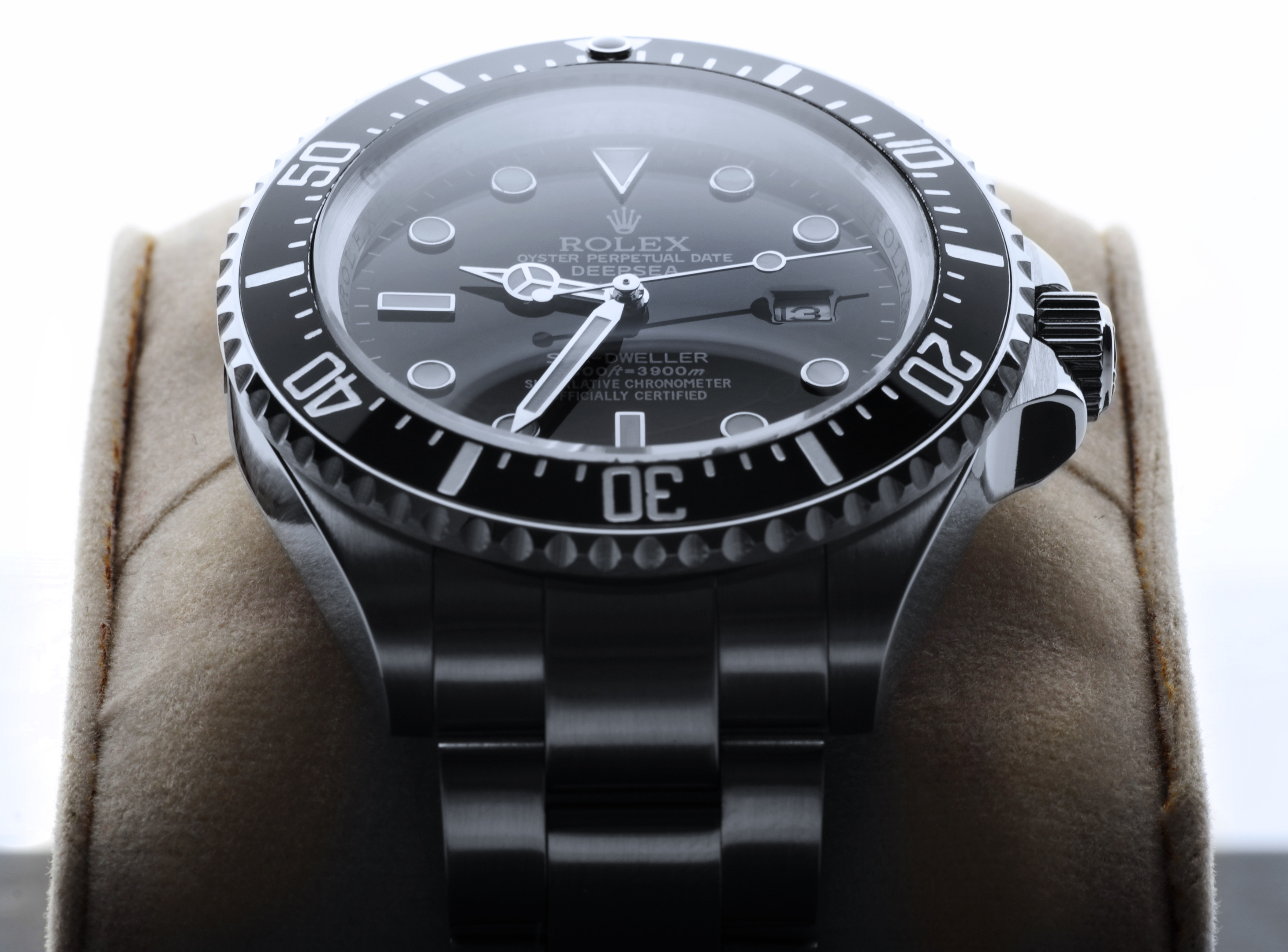
A European arrest warrant has been issued for a Gleneagles Hotel Rolex robbery suspect.
Detectives fear the man –who is originally from Glasgow – travelled to Spain within days of the £500,000 armed robbery being carried out.
The raid, on the Mappin and Webb store within the hotel, took place on June 27.
Now prosecutors have been granted a European arrest warrant in a bid to track down the suspect, who lives in London, and bring him back to Scotland to face justice.
A source close to the case said: “Officers are working on a definite positive line of inquiry. There has been intelligence that the trail for one of the suspects initially led to Spain.
“There has been further information that they may then have moved on within Europe and it is fair to say we think the net is closing in at a good pace.”
Search warrants have also been granted to allow police to carry out raids on a number of properties in Glasgow and London as part of the investigation.
Two men have already been arrested in connection with the incident at the five-star resort on June 27 this year and have appeared briefly at Perth Sheriff Court.
The European arrest warrant operates EU-wide and replaced separate extradition arrangements between the EU member states.
It was introduced in January 2004 and was prompted by the international anti-terror drive after the September 11, 2001 attacks on the US.
A national judicial authority, such as a court, can issue an EAW to get a suspect extradited.
The EAW means faster and simpler surrender procedures for suspects. EU states can no longer refuse to extradite one of their citizens on grounds of nationality.
The Crown Office refused to comment.

Enjoy the convenience of having The Sunday Post delivered as a digital ePaper straight to your smartphone, tablet or computer.
Subscribe for only £5.49 a month and enjoy all the benefits of the printed paper as a digital replica.
Subscribe